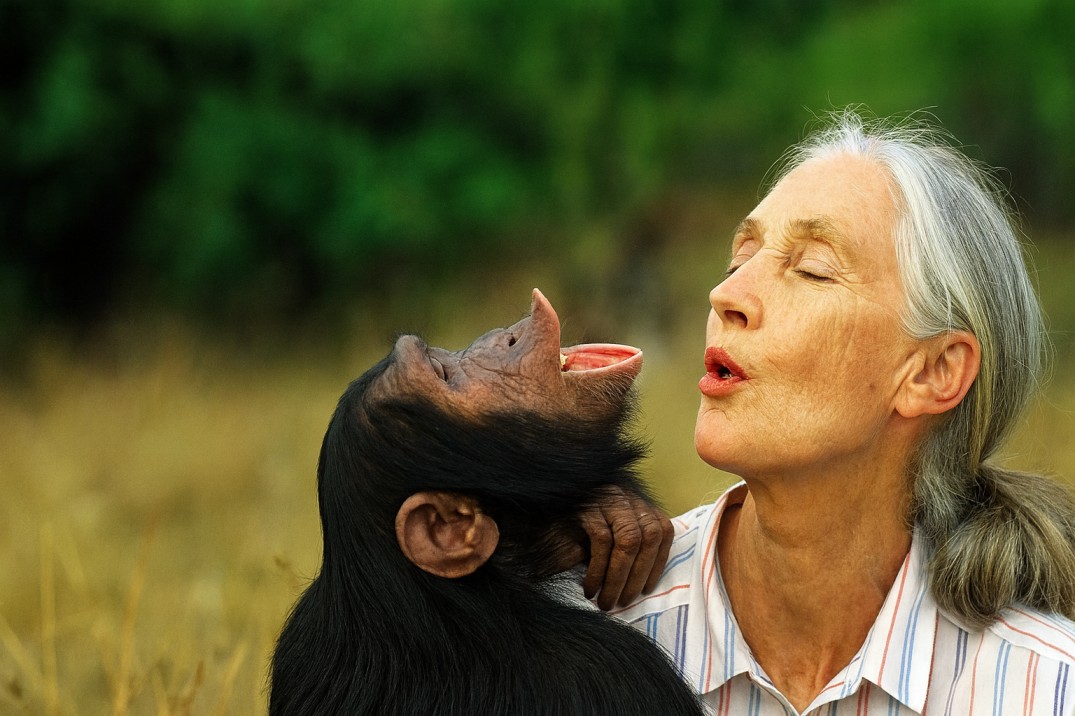Jane Goodall: The Woman Who Redefined Humanity’s Bond with Nature
How a young girl with a dream became the world’s voice for chimpanzees and conservation.
Introduction: A Life that Changed the Way We See Nature
On October 2, 2025, the world lost one of its most extraordinary figures — Dr. Jane Goodall, who passed away at the age of 91. Known globally as a pioneering primatologist, ethologist, and environmentalist, she transformed our understanding of chimpanzees and redefined what it means to be human. Her journey — from an ordinary British girl with a toy chimpanzee to an international symbol of compassion and science — remains one of the most inspiring stories of our time.
Early Life: The Girl Who Dreamed of Africa
Born in London on April 3, 1934, Jane Goodall showed an intense fascination with animals from her earliest years. Her favorite childhood companion was Jubilee, a toy chimpanzee that ignited her lifelong passion for wildlife. Instead of playing with dolls, she observed worms, birds, and insects, often filling notebooks with her observations. As a child, she even hid for hours in a henhouse to discover how hens lay eggs. Long before she set foot in Africa, Jane had already imagined a life spent among animals.
The Journey Begins: From Waitress to Researcher
After finishing school, Jane worked as a waitress to save enough money for her dream trip to Africa. Her determination led her to cross paths with Louis Leakey, the renowned Kenyan archaeologist and paleoanthropologist. Recognizing her deep curiosity and patience, Leakey hired her as his assistant at Olduvai Gorge. In 1960, at age 26, Jane arrived in Gombe Stream National Park, Tanzania, to study wild chimpanzees — despite having no formal scientific degree. What she lacked in academic credentials, she made up for in passion and empathy.
Trailblazing Discoveries: Redefining “Human”
Jane Goodall’s observations at Gombe were nothing short of revolutionary. She became the first scientist to record chimpanzees making and using tools — stripping twigs to extract termites — an ability once thought to be uniquely human. Her detailed documentation of chimpanzee emotions, family bonds, and social hierarchies broke scientific barriers and transformed how the world viewed non-human life. Her 1965 doctoral thesis, The Behaviour of Free-living Chimpanzees in the Gombe Stream Reserve, remains a cornerstone in primatology.
Through her research, Goodall demonstrated that the differences between humans and animals were of degree, not kind — a perspective that reshaped both science and ethics.
Personal Life: Love, Loss, and Resilience
Behind the fame, Jane’s life was filled with moments of love and loss. She married wildlife photographer Hugo van Lawick in 1964, and together they raised a son, Grub, in the African wilderness. The marriage ended in 1974, and a year later she wed Derek Bryceson, the director of Tanzania’s national parks, who died in 1980. Despite personal hardships, she remained unwavering in her commitment to her work.
In an era when women scientists were rare, she faced both admiration and prejudice. Media outlets often focused more on her looks than her groundbreaking discoveries — yet she persevered, allowing her work to speak for itself.
A Voice for the Planet: Activism and Institutions
By the late 1970s, Jane realized that research alone couldn’t save chimpanzees — or the planet. In 1977, she founded the Jane Goodall Institute, which evolved into a global network dedicated to wildlife conservation, habitat preservation, and environmental education.
In 1991, she launched Roots & Shoots, a youth-led movement that empowers young people to take local action for animals, the environment, and their communities. Even in her 90s, she continued to travel across continents, speaking about climate change, deforestation, and the importance of empathy. Her message remained clear: Every individual makes a difference.
Legacy: A Life of Hope and Harmony
Dr. Jane Goodall’s life blurred the boundaries between science and compassion. She didn’t just study chimpanzees — she gave them names, emotions, and voices. She showed that curiosity and kindness can coexist with scientific rigor and that empathy is not unscientific but essential for understanding life.
Her influence extends beyond academia; she inspired millions to live more consciously, to protect wildlife, and to believe in the power of individual action. Her legacy is felt in every conservation effort, every young mind inspired by Roots & Shoots, and every life touched by her unwavering optimism.
As she once said, “The least I can do is speak out for those who cannot speak for themselves.” Her voice may have fallen silent, but her message continues to echo — a reminder that our humanity is defined not by how we dominate nature, but by how gently we care for it.
Conclusion: A Call to Continue Her Work
Jane Goodall’s story is not one of the past — it is a call to action for the present and the future. In an age of environmental crisis, her life reminds us that lasting change begins with compassion and curiosity. She taught the world that saving animals means saving ourselves, that hope is a strategy, and that no act of kindness is ever too small.






